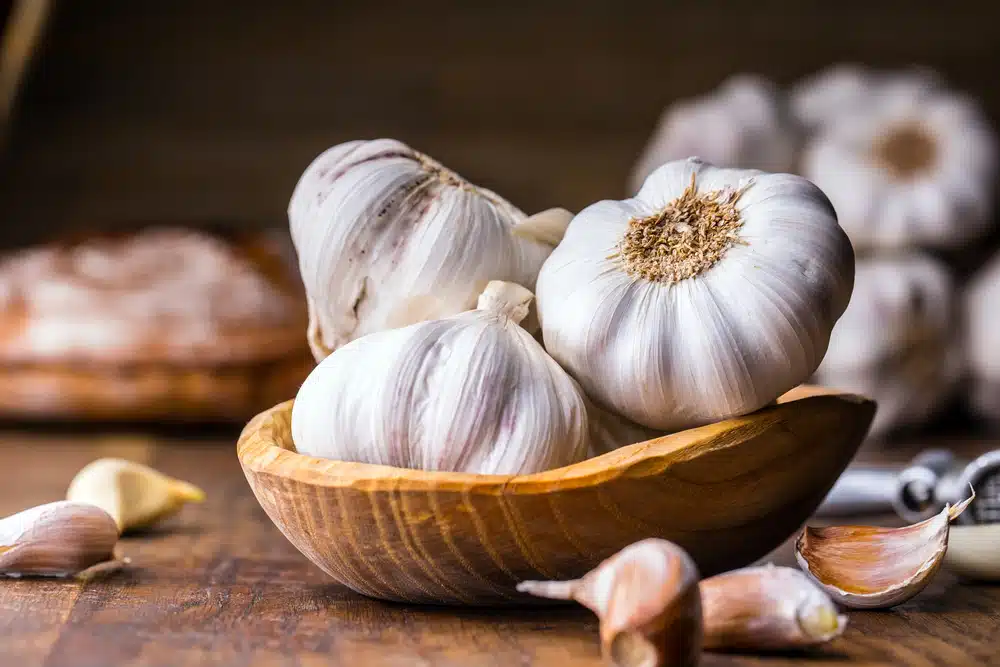As announced in our recent post, we’re embarking on a blog series exploring different dietary factors that contribute to an anti-inflammatory diet. This article will focus on the benefits of alliums—how this family of vegetables reduces inflammation and offers other benefits. As always, when considering how food and diet can affect your health, please consult your physician before making any changes!
Alliums—they’re bad for my breath, but are they good for my health?
First off, let’s go over what falls into the allium family. Then you’ll get the bad breath joke! Allium vegetables include garlic, onion, leeks, chives, shallots, and scallions. Everything that gives your food just a little extra kick. All told, there are over 500 varieties of alliums, but you’re here to improve your health, not win Jeopardy, so we’ll focus on those common options.
Ok, so why is garlic good for you?
Studies have shown positive health benefits from garlic in both supplement and organic (food) forms. According to Wendy Bazilian, RDN, a doctor of public health in San Diego1, about two cloves worth of garlic can offer anti-inflammatory and immune-supportive benefits. The compounds within garlic that have evidence-based health benefits are allicin and organosulfur compounds. Allicin is related to an amino acid and reacts inhibitively against tissue damage. In addition to general muscle damage, studies have proven that allicin can lower blood pressure and cholesterol and has a positive effect on cardiovascular health overall.2 Unfortunately, it’s also the compound within garlic that’s responsible for the smell but… I’d say it’s a fair tradeoff for improved heart and body health overall!
What about onions and the rest of the alliums?
Onions are also great for your health overall! They’re one of the highest sources of flavonoids—antioxidants that absorb free radicals in your body3. Two of the most health-friendly flavonoids in onions are quercetin and GPCS. These compounds have shown promise in animal and cell cultures for reducing the histamine effect in osteoarthritis and rheumatoid arthritis, minimizing the damaging inflammation of these diseases. They also lower the “bad” cholesterol, LDL, and can prevent the breakdown of bones as we age. Unfortunately for the odor department—it does seem that the strength of the health benefits are tied to the strength of the odor. Shallots and red onions have the highest levels of disease-fighting compounds, as well as the most pungent flavor and scent.
I don’t like the taste of garlic—am I out of luck?
You don’t have to be! In addition to eating garlic or taking supplements, garlic oil can also help with inflammation and pain.4 If you’re experiencing muscle or joint pain or swelling, you can rub garlic oil on what ails you. The Arthritis Foundation even recommends it to minimize pain and prevent damage!
Garlic and onions are pretty much a staple of everyone’s cooking—do we really need a recipe?
Yes! Because we love to help. Here you go!
Sunny’s Quick Onion and Garlic Shrimp with Pasta
This is the end of our first series on how food can affect your health—we hope our articles on the anti-inflammatory food factors (omega, zingiberacea and garlic) were interesting, educational, and delicious! We look forward to continuing to promote holistic support for pain management and positive whole-health habits on our blog!


